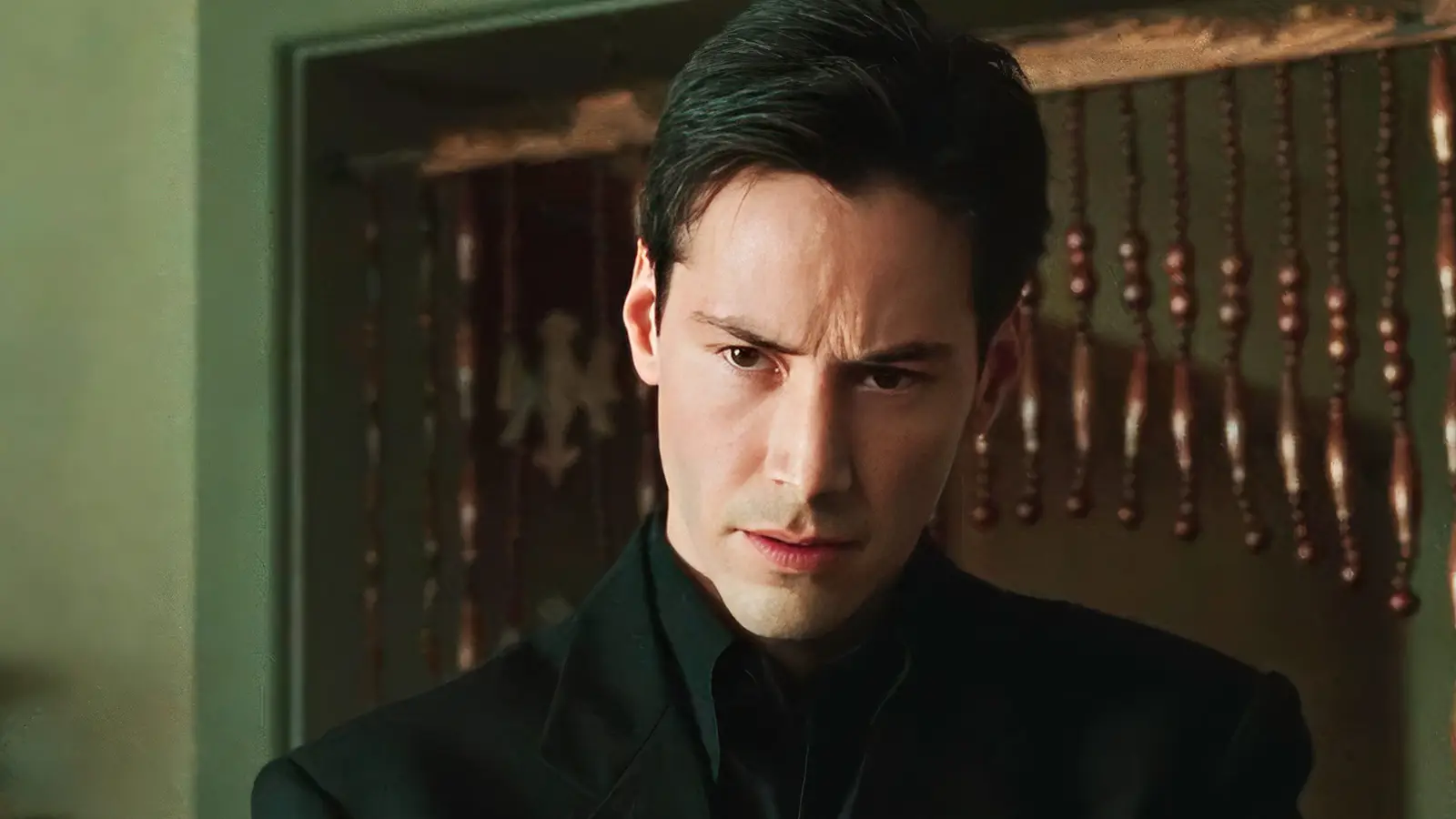
Jenet Erickson can remember where she was sitting during the Sept. 23, 1995, General Relief Society Meeting of The Church of Jesus Christ of Latter-day Saints, when President Gordon B. Hinckley stood to read “The Family: A Proclamation to the World” for the first time.
“I remember thinking, as we always did when President Hinckley spoke, there was power in his message — something powerful and significant about this — but I had no idea then how important every sentence in that proclamation would be to me in my own study and understanding of the family,” Erickson said.
In the 30 years since then, she has had ample opportunity to study, teach and uphold the truths laid out in the proclamation as a teacher, a researcher and a social scientist. As an associate professor of Religious Education at Brigham Young University, Erickson teaches a class called “The Eternal Family” that delves into the principles taught in “The Family Proclamation” line by line. She is also a fellow of both the Wheatley Institute and the Institute for Family Studies, which focuses on research and policy surrounding marriage and family.



